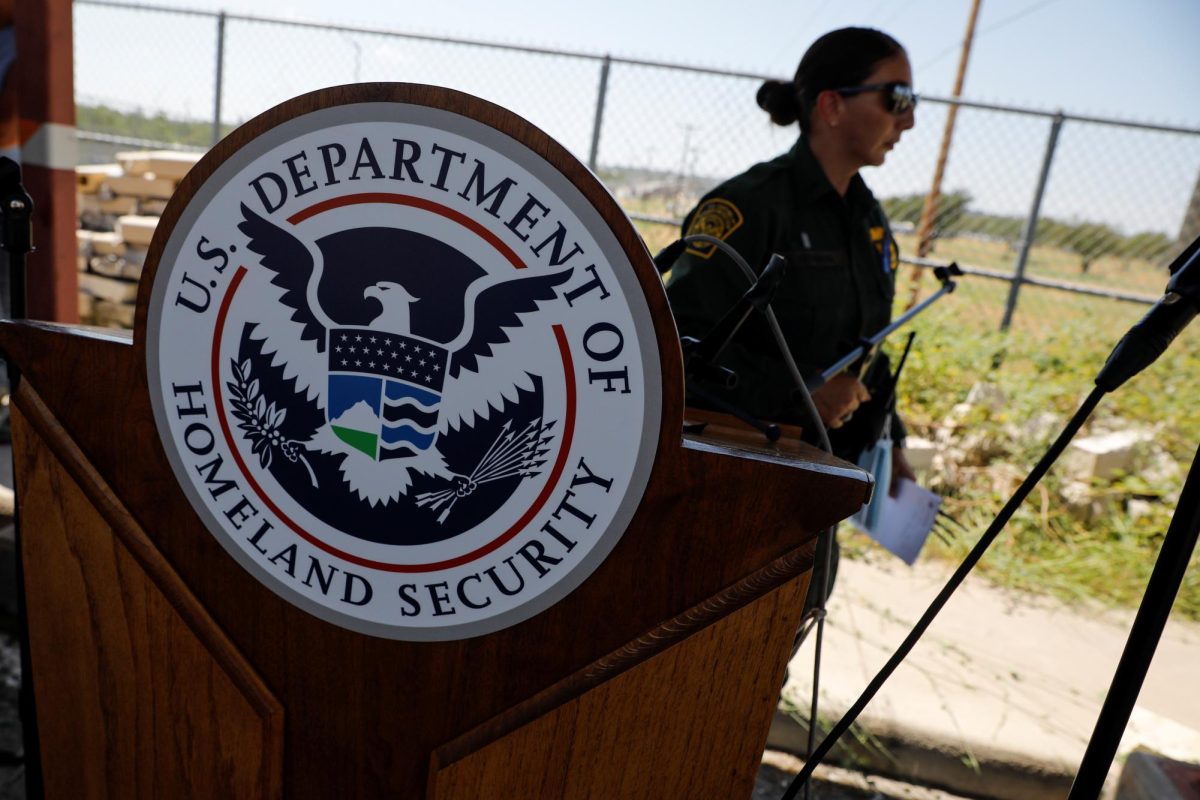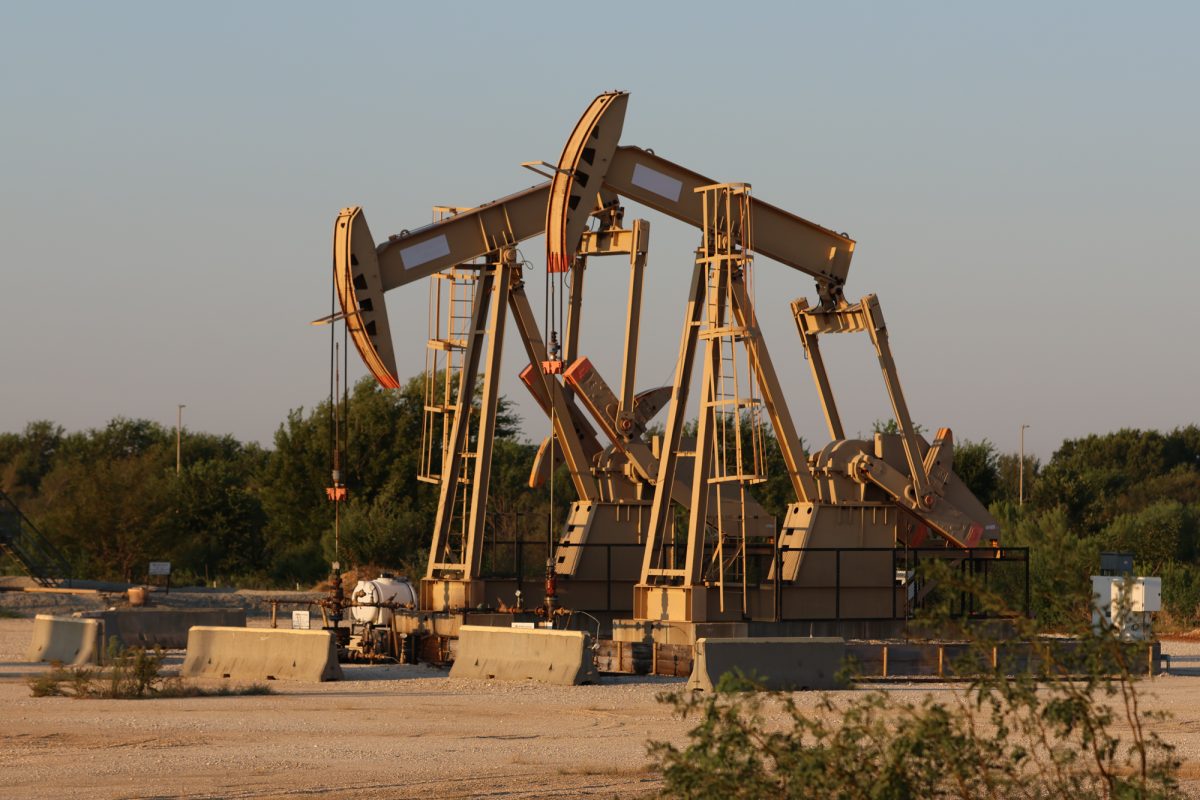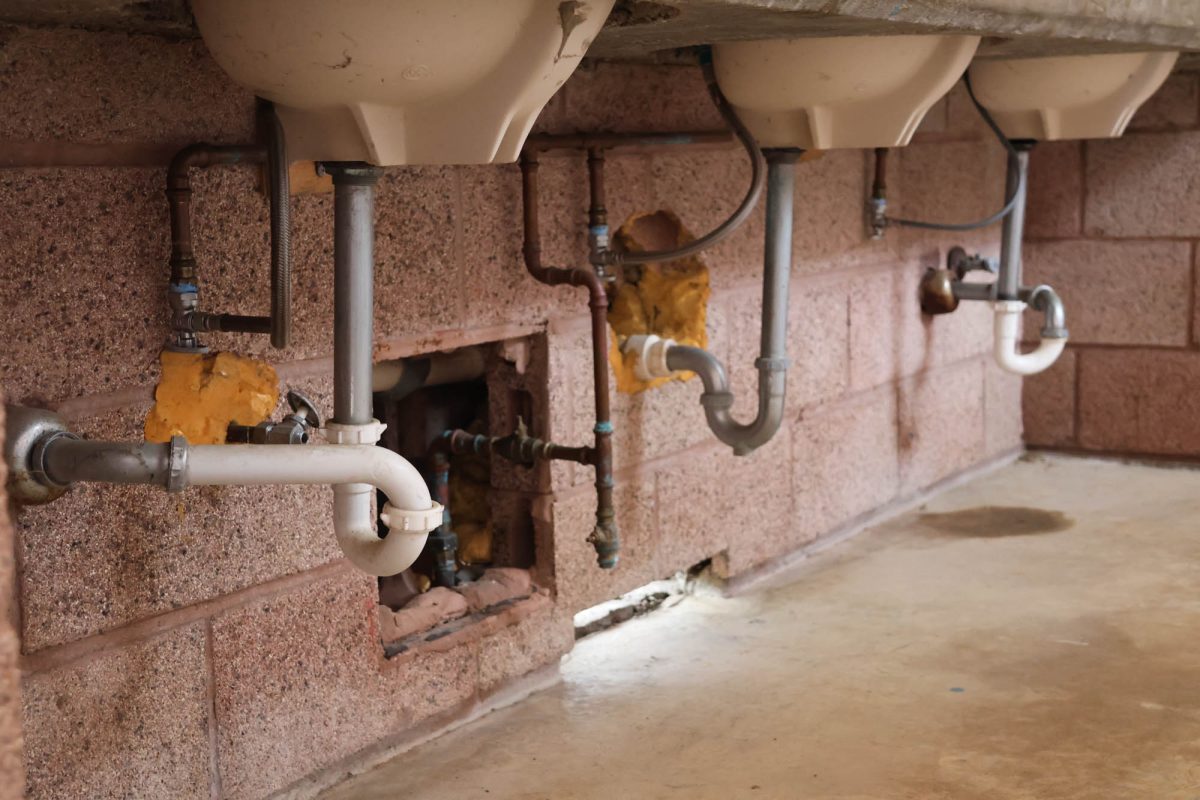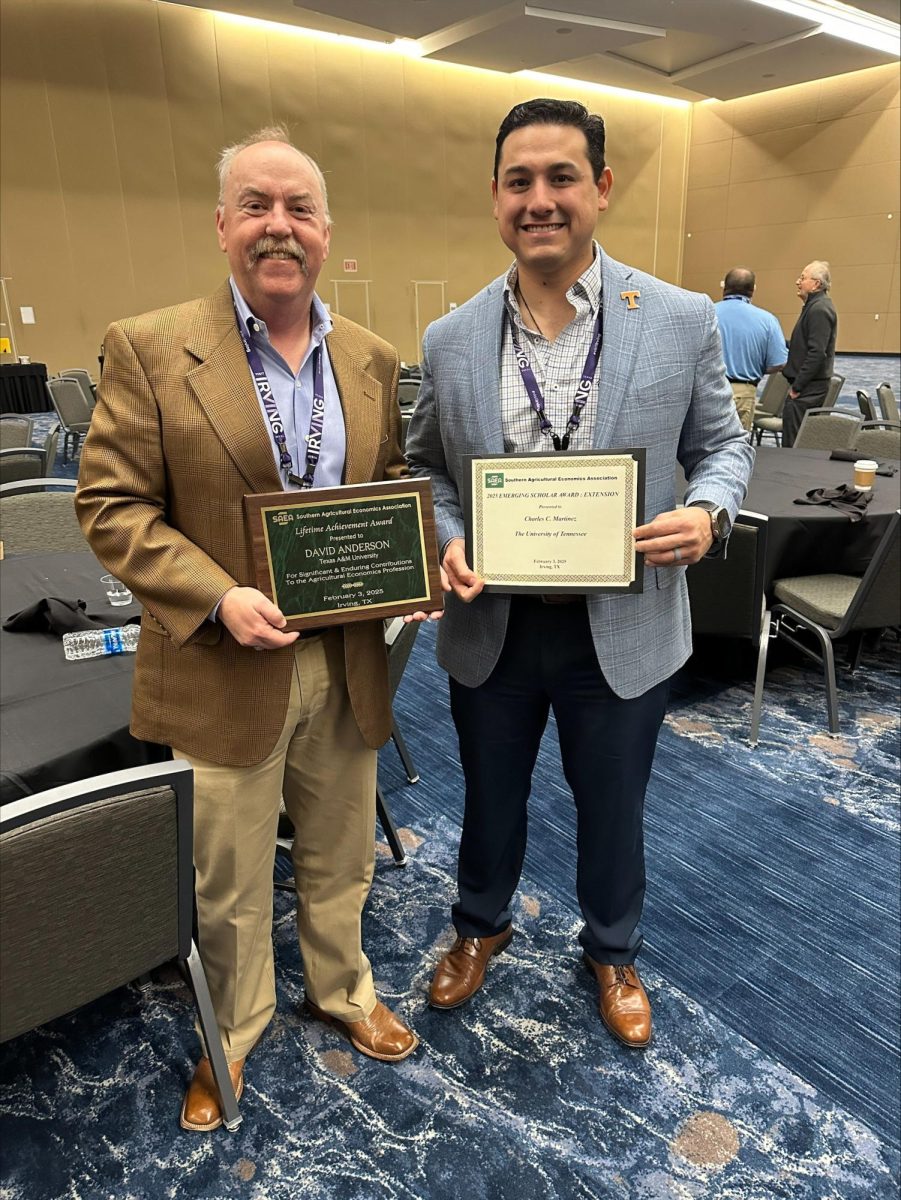Down several corridors and through an unassuming door in the Zachry Engineering Center lies one of Texas A&Ms more unique assets: a fully functional nuclear reactor.
The reactor on campus provides for a distinct learning environment and has served as a catalyst to bring international recognition to A&M as a leader in nuclear technology.
Chris Crouch is a senior economics major and the reactor supervisor. Crouch said it is not only the existence of a reactor beneath Zachry and another at a campus facility near Easterwood Airport that makes A&Ms nuclear engineering department a consistent member among top schools offering such degrees, but also the way in which it is used to engage both graduate and undergraduate students.
Several other universities house nuclear reactors on campus for their departments, but A&M does a great job of engaging students and integrating it into the classroom, Crouch said. We pride ourselves on letting students do as much as possible; its a great, unique experience.
The reactor generates thermal energy equivalent to five watts of power, according to Chris Pannier, junior nuclear engineering major and reactor operator.
On March 11, 2011, one of the largest recorded earthquakes in history struck the coast of Japan. The earthquake was also the catalyst of a tsunami that followed shortly after. Residents were left without power for days, largely because of the malfunctioning of the nuclear power plant Fukushima Daiichi.
The facility is designed for safety, Pannier said. The Fukushima nuclear reactor failed because of its decay heat. The decay heat of five watts is only a fraction of a watt. We are not challenged by high pressures or high temperatures.
Crouch described how the reactor serves as the focal point for nuclear engineering classes and allows students to gain valuable experience.
This fall, we had an undergraduate class use the reactor to conduct about 11 experiments, and observe how neutrons react with other materials, Crouch said. Students come in for their lab to the reactor. They can learn about nuclear theory in the classroom and then verify it for themselves.
A&M has also increased its presence nationally and internationally, as nuclear power is becoming an increasingly important method in solving current energy demands around the world.
John Poston, professor of nuclear engineering and associate director of the Nuclear Power Institute, said A&M is playing an important role in addressing the energy needed to serve not only Texas and the U.S., but developing countries as well.
In 2007, Texas nuclear utilities went to the chancellor and said they needed Texas A&M and our department, Poston said. The nuclear industrys workforce is aging, and there is a demand for educated and qualified people. One of our responses was to form the Nuclear Power Institute [NPI].
NPI is a statewide partnership of universities, high schools and other institutions headquartered at Texas A&M that aims to foster nuclear education and awareness. Poston said NPIs success has attracted international attention, leading A&M to play host to a growing list of groups interested in what nuclear power has to offer.
This fall, A&M hosted a Kenyan delegation for five weeks of training [on nuclear topics], Poston said. They visited our on-campus reactors, attended lectures on nuclear and electrical engineering and were exposed to all the facets of nuclear power. It was a great program.
Groups from Malaysia, Vietnam, Korea and other countries have also come to A&M recently through NPIs efforts. Poston said this is because nuclear power is viewed in developing countries as a way to reach their development goals while keeping the environment clean by not burning fossil fuels.
One third of people in the world live without electricity, Poston said. We focus on helping these developing countries meet their electrical challenges in order to raise their standard of living. A lot of electricity is needed to do this [and nuclear power can supply it].
When its not catering to academic experiments or international attention, the on-campus reactor still serves a more modest but equally important role as a symbol for scientific excitement.
We give tours and do outreach [to students in the local area], Crouch said. We also give tours to prospective students and open it to the general public during Aggieland Saturday and Parents Weekend.
[A&M] is educating people who will occupy important, long term and high paying jobs that are important to the U.S. and to the State of Texas, Poston said. I feel like were making a difference.
On-campus reactor is site of educational research
January 27, 2013

0
Donate to The Battalion
$2790
$5000
Contributed
Our Goal
Your donation will support the student journalists of Texas A&M University - College Station. Your contribution will allow us to purchase equipment and cover our annual website hosting costs, in addition to paying freelance staffers for their work, travel costs for coverage and more!
More to Discover









